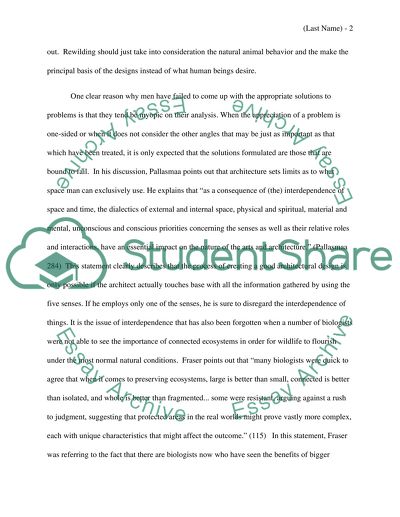Cite this document
(“How might Pallasmaa's insights about the nature of our interactions Essay”, n.d.)
Retrieved from https://studentshare.org/english/1432222-how-might-pallasmaa-s-insights-about-the-nature-of
Retrieved from https://studentshare.org/english/1432222-how-might-pallasmaa-s-insights-about-the-nature-of
(How Might Pallasmaa'S Insights about the Nature of Our Interactions Essay)
https://studentshare.org/english/1432222-how-might-pallasmaa-s-insights-about-the-nature-of.
https://studentshare.org/english/1432222-how-might-pallasmaa-s-insights-about-the-nature-of.
“How Might Pallasmaa'S Insights about the Nature of Our Interactions Essay”, n.d. https://studentshare.org/english/1432222-how-might-pallasmaa-s-insights-about-the-nature-of.


